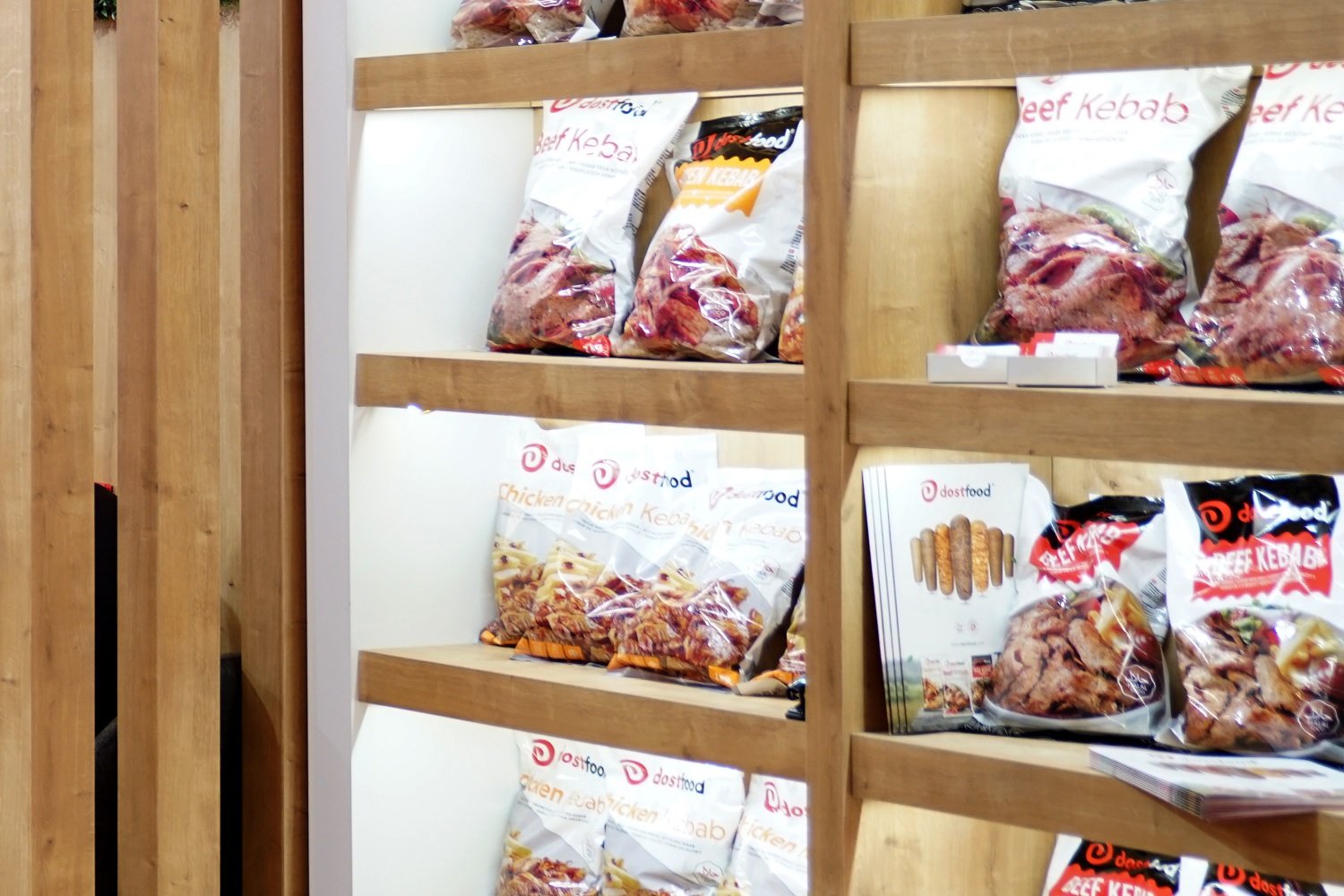Where Does Döner Come From?
The questions most frequently asked are: “Where was döner actually invented first?”
Some answers in food history are not as clear as we would like them to be. That is exactly the case with döner kebab as well. There are various answers to the question “Where was döner invented?”
The simple reason is that its roots run deep, and many of its traces lie somewhere between history, legend and lived tradition.
When Was Döner Invented?

The first references to döner go back surprisingly far. One of the earliest known descriptions comes from the famous Ottoman traveler Evliya Çelebi. Between 1660 and 1670 he visited the Crimean Khanate, and in his extensive work Seyahatname (“The Book of Travels”) he reports on a special meat dish that was prepared over an open fire.
Evliya Çelebi describes the döner recipe of that time and explains how thin slices of meat were layered on top of each other and cooked over the embers on a horizontal spit. This method is very reminiscent of what we know today as Cağ kebab. This note shows that the principle of layered and slowly roasted meat was already established in Ottoman cuisine.
From Horizontal to Vertical

The second account comes from Kastamonu, the Turkish city on the Black Sea. According to the Kastamonu theory, a cook named Hamdi Bey had the idea as early as the 1830s to hang the traditionally horizontally grilled kebab vertically.
The reason for the vertical position was entirely practical: in urban kitchens with limited space, a vertical spit was easier to handle. In addition, the fat now dripped down over the layers of meat, keeping the meat evenly juicy and aromatic. Many local sources and stories confirm that Kastamonu was already known in the 19th century for its special meat dishes.
A little later, between the 1850s and 1880s, Bursa entered the stage. Here, a young man named İskender Efendi, the son of a butcher family, is said to have refined döner into its modern form. He sliced the meat particularly thinly and served it with yogurt, butter and tomato sauce over bread – what we know today as İskender kebab.
The Oldest Photo: Döner Kebab in Istanbul, 1855
This version quickly became popular and established döner as a firm part of urban Ottoman cuisine. And then there is the famous photo from 1855 taken in Istanbul, showing a döner master standing in front of a vertical spit. This image proves that döner was already widespread beyond one single region at that time.
Turkey or Germany: Who Invented Döner?
Perhaps it was Hamdi Bey from Kastamonu, perhaps İskender Efendi from Bursa, or perhaps it was simply the shared culinary evolution of an entire era. What is certain, however, is that the even heat, tender texture and aromatic roasted flavors that Evliya Çelebi described in the 17th century are still the secret of a good döner today.
These were precisely the characteristics that would later come to define döner. At a time when cooking was still a matter of craftsmanship, patience and experience, the discovery of such cooking techniques amounted to a small revolution.
Meat was no longer just cooked on simple skewers or in pots. It began to rotate, browning evenly on all sides. This development marks the first tangible step toward today’s döner kebab, even if it was still prepared horizontally back then.
Turkish Döner vs. German Döner

The answer to the question “Which country does döner come from?” is actually simple and clear: from the Ottoman Empire. On the other hand, Germany has since become a second home for döner.
In this country, a fourth narrative has become established, crediting the invention of döner to Kadir Nurman – a cook who, in the early 1970s, offered döner to the Turkish community in Germany in a new, more practical form: served in flatbread with salad and sauce, to take away. By now, we don’t just have döner plates, but also döner boxes.
Today almost everyone knows the difference between Turkish döner and German döner.
In Turkey, döner is traditionally made from pure meat (mostly lamb or beef), finely sliced, marinated and stacked by hand onto the spit. Fatty parts such as tail fat ensure juiciness. Both variants have their own appeal: Turkish döner preserves the original, while German döner tells the modern continuation of the story.
A Spit That Made History
Döner is not a product of chance. It is the result of centuries of culinary development, artisanal skill and cultural exchange. Whether in Istanbul, Bursa or Berlin – the spit keeps turning, and with every turn it reminds us that food does more than fill us up; it tells stories.
No wonder so many people look for a döner place nearby when searching for a new apartment. A döner restaurant around the corner is a blessing for many – even if they are reluctant to admit it.









